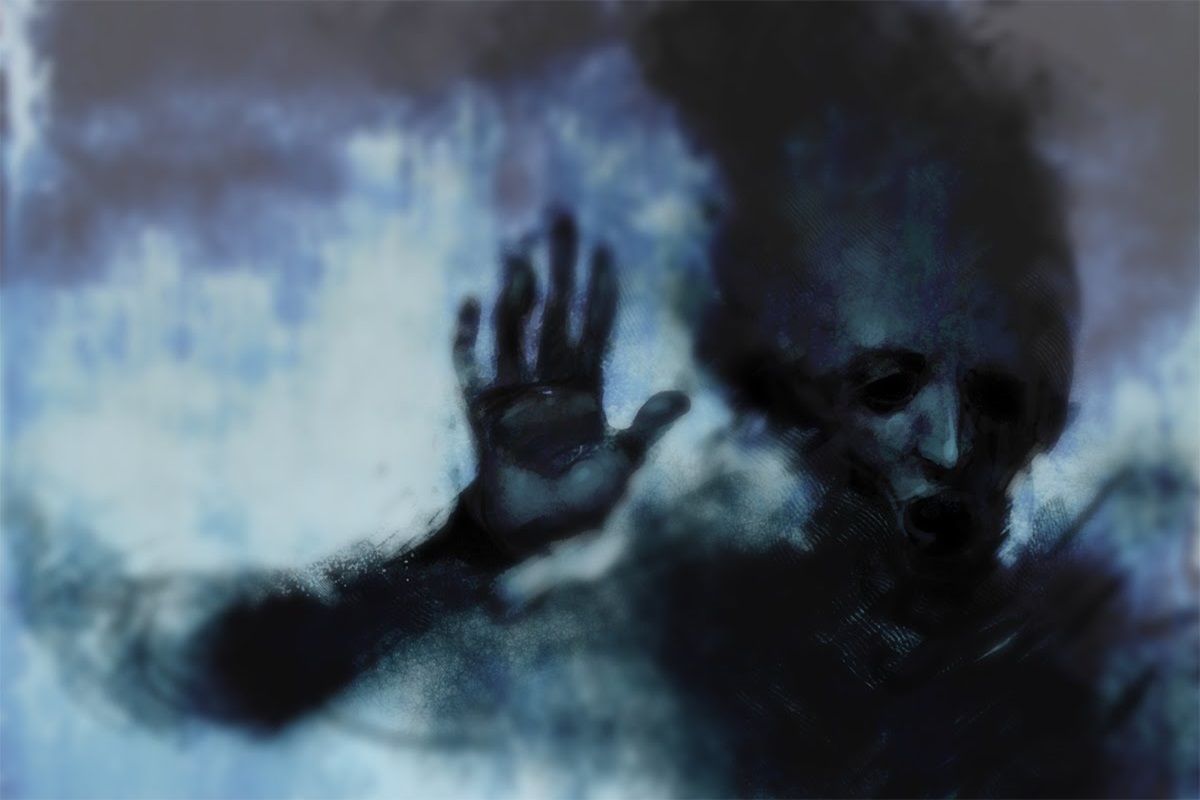Ghosts have been a subject of speculation and debate for many people since childhood. Some believe in their existence, especially when they are alone at home, while others remain skeptical. Scientists have conducted research on this mysterious topic and have uncovered some important facts. Stories and tales of ghosts often play a role in shaping people’s beliefs.

The human subconscious mind plays a significant role in the belief in ghosts. According to a scientific model, one person’s account or experience can influence another’s belief in ghosts. These events often take root in the subconscious mind, where individuals can imagine and visualize ghosts in various places.
It is relatively uncommon for people to claim to have seen ghosts in groups; these experiences tend to occur when individuals are alone. Such incidents can be triggered by the fear of isolation, particularly in the darkness of night. In reality, our minds are responsible for creating these ghostly apparitions. Researchers from a Canadian university have delved into the electromagnetic waves that can generate the sensation of encountering ghosts in our minds. They have even designed a special helmet that can induce ghostly feelings in people.
Research studies have demonstrated that individuals wearing the helmet while alone in the dark may report seeing ghosts, even though these apparitions do not exist in reality. The sensation of encountering a ghost is generated by unique electrical waves in the human brain.
In the year 2000, a scientific experiment provided additional insights into the phenomenon of believing in ghosts. This experiment revealed that individuals who believe in ghosts exhibit electrical wave activity in the right side of their brains, particularly in the right hemisphere. During the experiment, a shadowy figure seemed to float in front of a participant, highlighting the human mind’s capacity to conjure things that have no basis in reality.
This experiment served as a compelling example of the power of the human imagination. It suggests that our brains are capable of creating vivid experiences, even when no physical presence or reality underlies them. The belief in ghosts is a complex interplay of the human subconscious, shared stories, and the power of imagination. While there is no scientific evidence to prove the existence of ghosts, people’s experiences and perceptions are very real to them. The mind’s ability to generate ghostly apparitions and experiences serves as a fascinating testament to the richness of human psychology and our capacity to conjure alternate realities.
Leave a Reply